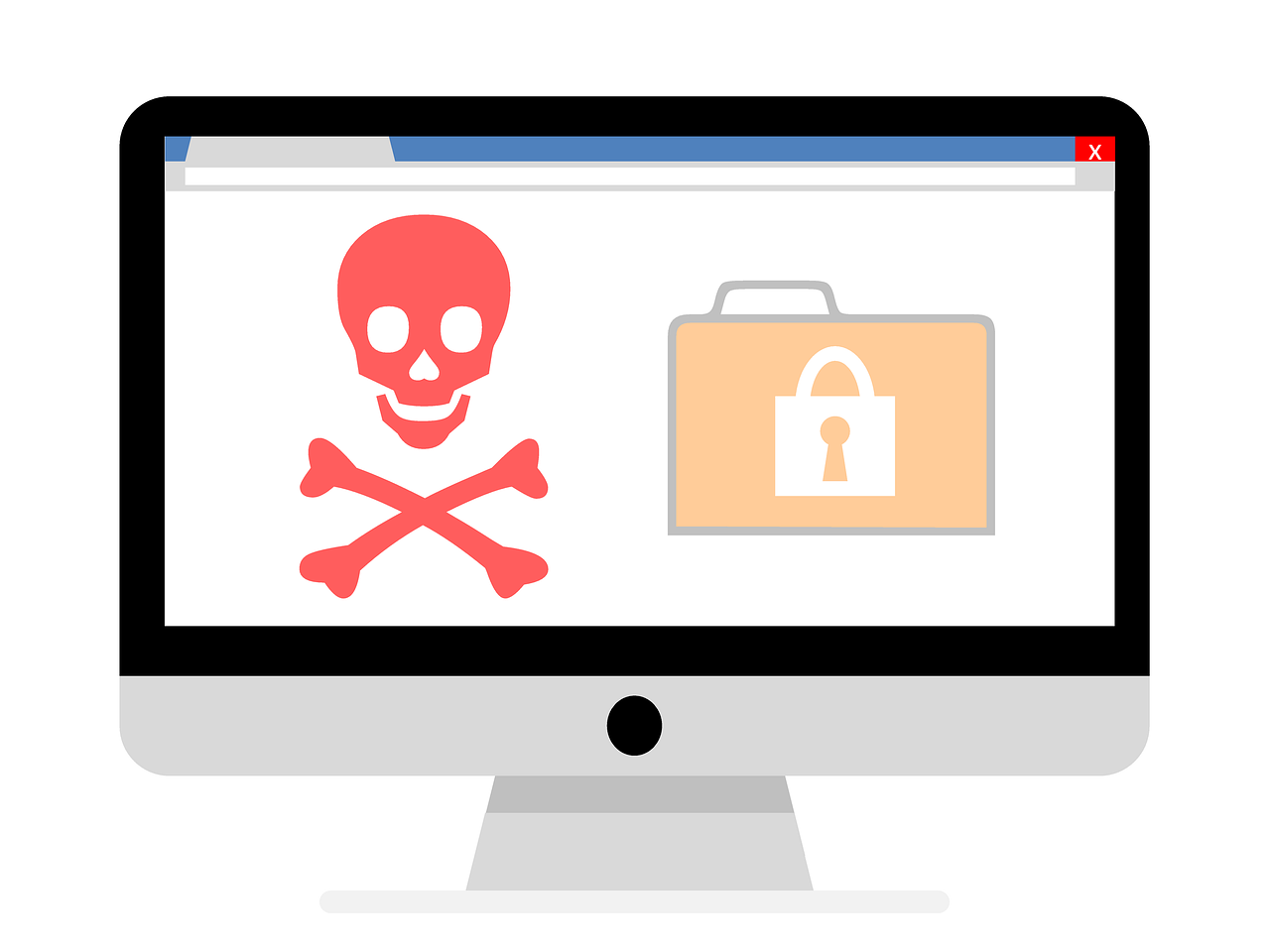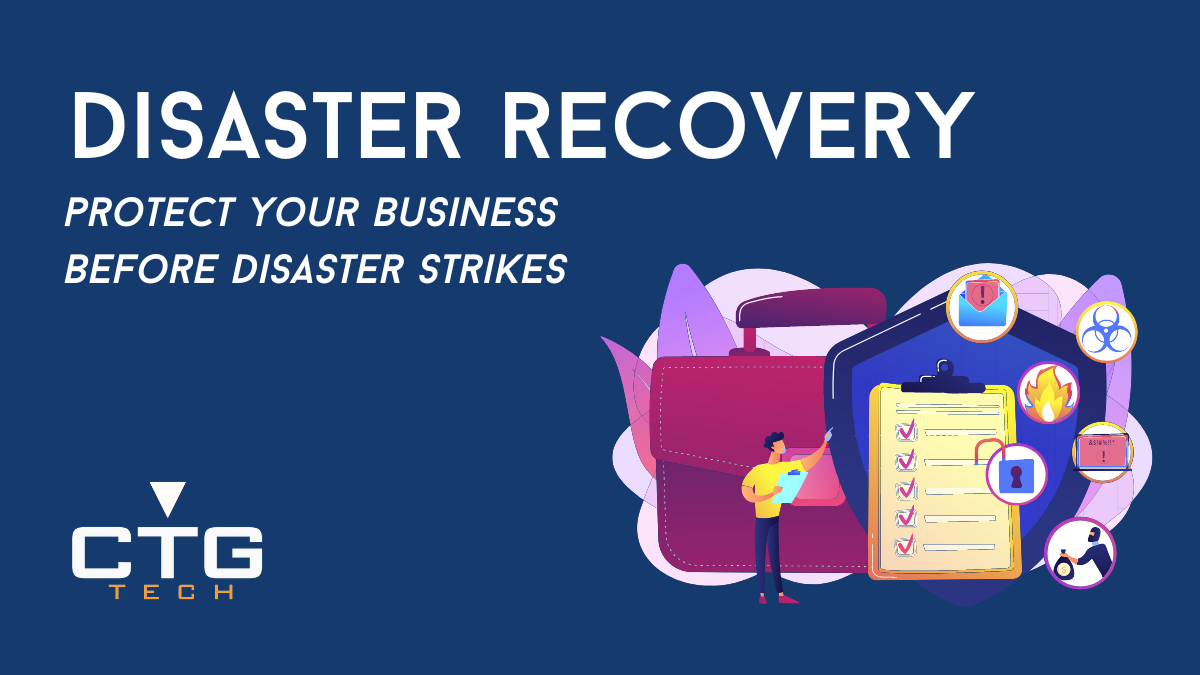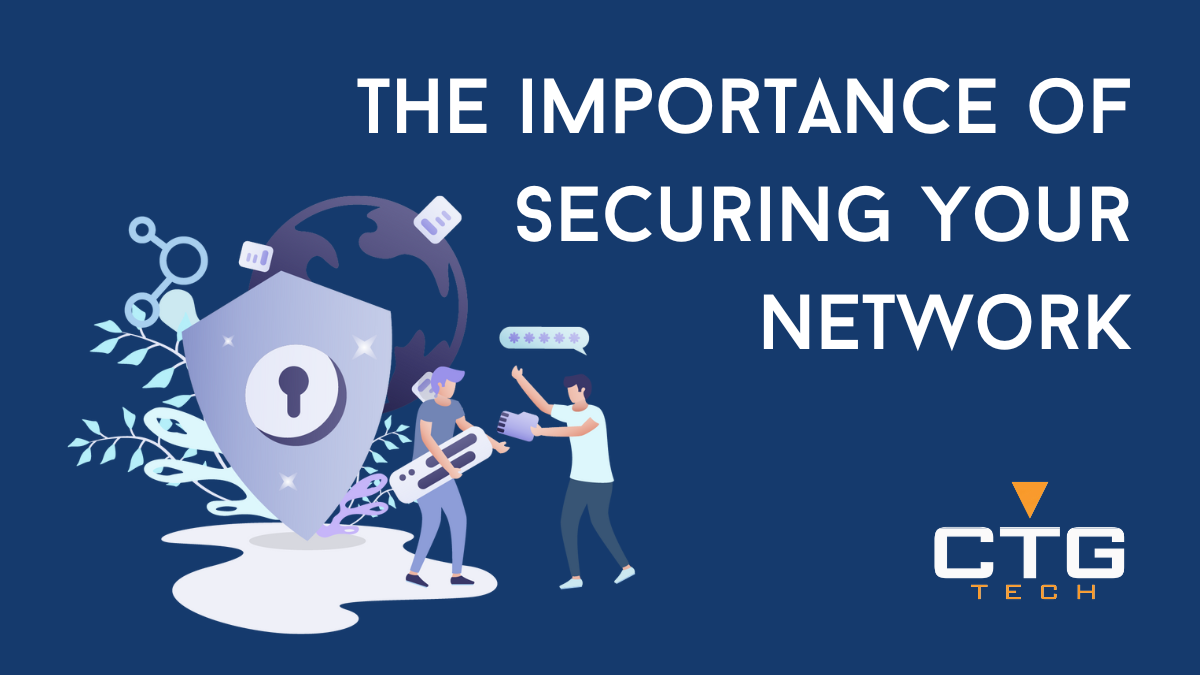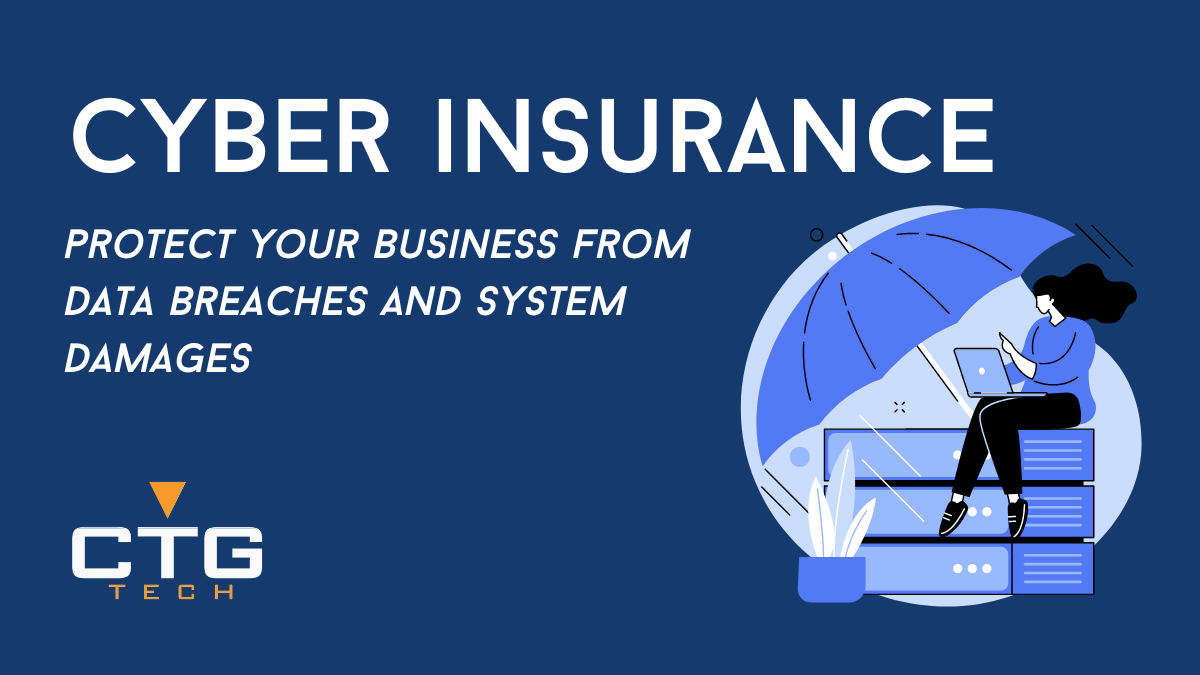Ransomware: The Cyber Threat That Holds Your Data For Ransom
Have you ever wondered what all the ransomware attack is about? You may have read about in the business news or heard about through your co-workers that how ransomware locks the sensitive data, files or even the device. You may have ignored a pop-up on your computer screen regarding any suspicious warning, which could be a ransomware infection. Now, if you are quite curious to know about what does exactly “ransomware” means and how does it work, then you have come to the right place.
What is Ransomware?
Ransomware is a type of malware in which the data of your computer is locked, by some sorts of encryption. The payment is demanded to decrypt the data and to return the access to you. The main motive behind ransomware attacks is always monetary, where you get notified about the damage that has been occurred and you get the instructions to recover from that attack. Moreover, payment is often demanded via virtual currency like Bitcoin, so that the identity of cyber-criminals is not known.
Both individuals or businesses can get affected by ransomware malware and cause potential losses. It can mostly spread through infected software apps, email attachments, compromised websites and even infected external storage devices. Attackers can also use remote desktop protocol and other methods to avoid any kind of user interaction.
How Does Ransomware Work?
There are certain ransomware kits available that allow cyber-criminals or hackers to purchase and use some particular software tools to create ransomware with different capabilities. These cyber criminals then create malware for their distribution and ask for ransoms to be paid in their bitcoin accounts. In this growing IT world, it is possible to order inexpensive RaaS (Ransomware as a Service) even having a minimum technical background and launch attacks with little efforts.
It is hard to outmaneuver as it can easily destroy your sensitive data. Ransomware attackers use social engineering that involves posing as the FBI that scare users to pay a huge amount of money to unlock their devices or files. Another method of spreading ransomware is malvertising or malicious advertising. In this method, users are directed to malicious servers or sites through online advertising even without clicking on any ad. These legitimate servers catalog the personal details and locations of users and then spread malware.
What are the common types of ransomware?
Cyber-criminals may use several different methods to extort bitcoin or other digital currency from victims. For Example:
- Scareware: It is ransomware, which tries and poses as tech support or security software to victims. You may receive certain pop-up notifications saying a malware has been identified on your system. You will get more pop-ups if you don’t respond to the previous notification.
- Doxware: A ransomware attacker can also threaten to publish your sensitive data online when you don’t pay a ransom to the attackers.
- Mobile Ransomware: It is one of the most common types of ransomware, where attackers use mobile devices to steal your data from the phone and lock it until you pay a ransom. You have to pay ransom to get your phone unlocked and return the data.
- Screen Lockers: These are the type of ransomware which is designed to lock you out of your computer. You can see illegal web content or unlicensed software on your system along with the instructions to pay an electronic fine to get unlocked.
Where have we seen Ransomware before?
Well, you may have heard about many news regarding ransomware attacks. Perhaps the first example of ransomware which was widely spread attack through public-key encryption was Cryptolocker. It is a trojan horse that was highlighted due to a strong ransomware attack in the year 2013. The attackers demanded either a prepaid voucher or a bitcoin, the experts believed that the method of RSA cryptography was used. However, a security firm has recovered the encryption keys used in the ransomware attack and gained access to a command-and-control server effectively.
Another example was CrytoWall, which was the improved version released by cybercriminals from CrytoDefense. As per the cyber report, CryptoWall was one of the most destructive and largest ransomware threats on the internet that caused over 600,000 systems infected. After Crytolocker, FBI CryptoWall has taken the reigns as the latest threat on the block.
How can you Avoid Ransomware?
To protect against ransomware and other types of cyberattacks, experts suggest users follow certain practices, which include-
- Regular Updates: It is recommended to keep your browser, system and software updated regularly.
- Use a Strong Security Solution: You should use a strong security solution that provides you detection, response and removal capabilities across your entire network.
- Backup Your Data: You should also back up your data on a separate disk. If your data is in the cloud, you can reformat the disk and restore the data from previous backups.
Concluding this, in some cases, you can be able to decrypt your files or device without paying any digital currency. But it is crucial to keep your system or anti-virus software updated and ensure that all the preventive measures are taken to avoid any risk.
Besides, you should invest in top-quality managed IT services offered by a reliable and trusted company. This will help you to avoid any risk against ransomware attacks while reducing operational costs. CTG Tech is one such trusted name in delivering the best managed IT and data security solutions. Regardless of the business you operate, the experts from CTG tech will assist you to keep your data and system secured and help you run your business more effectively and smoothly.
